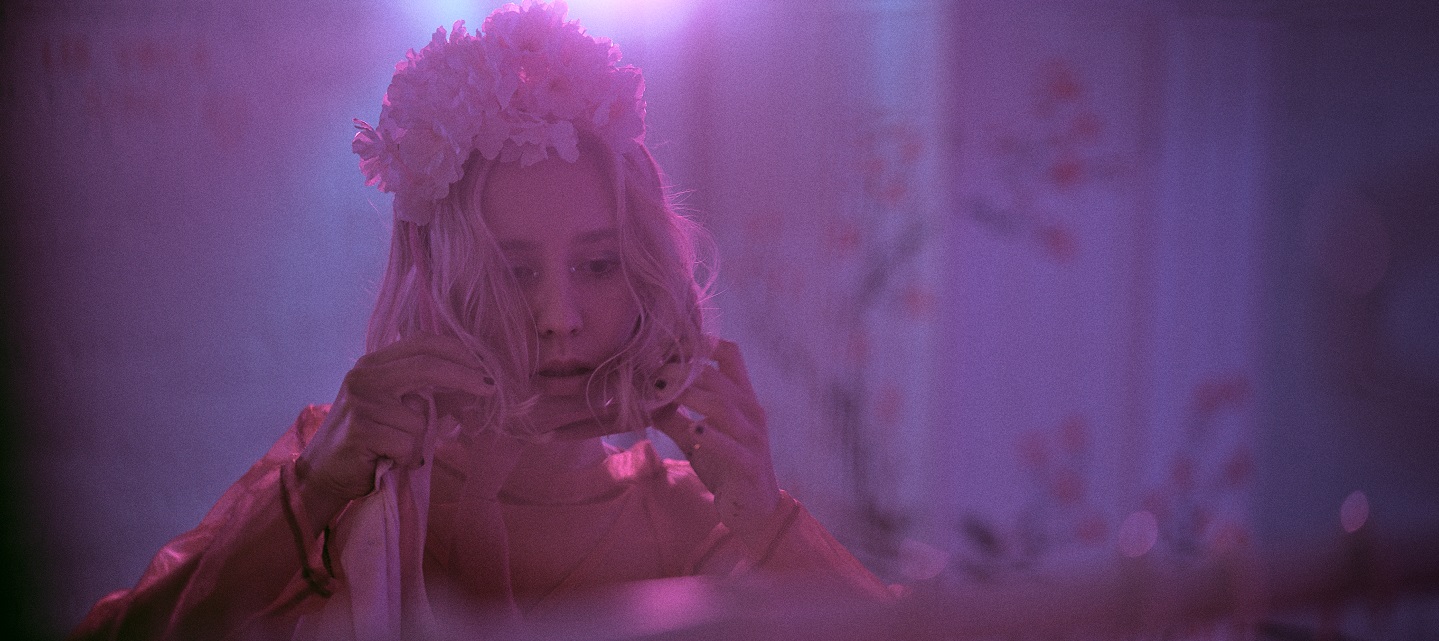Tag: art larp
-
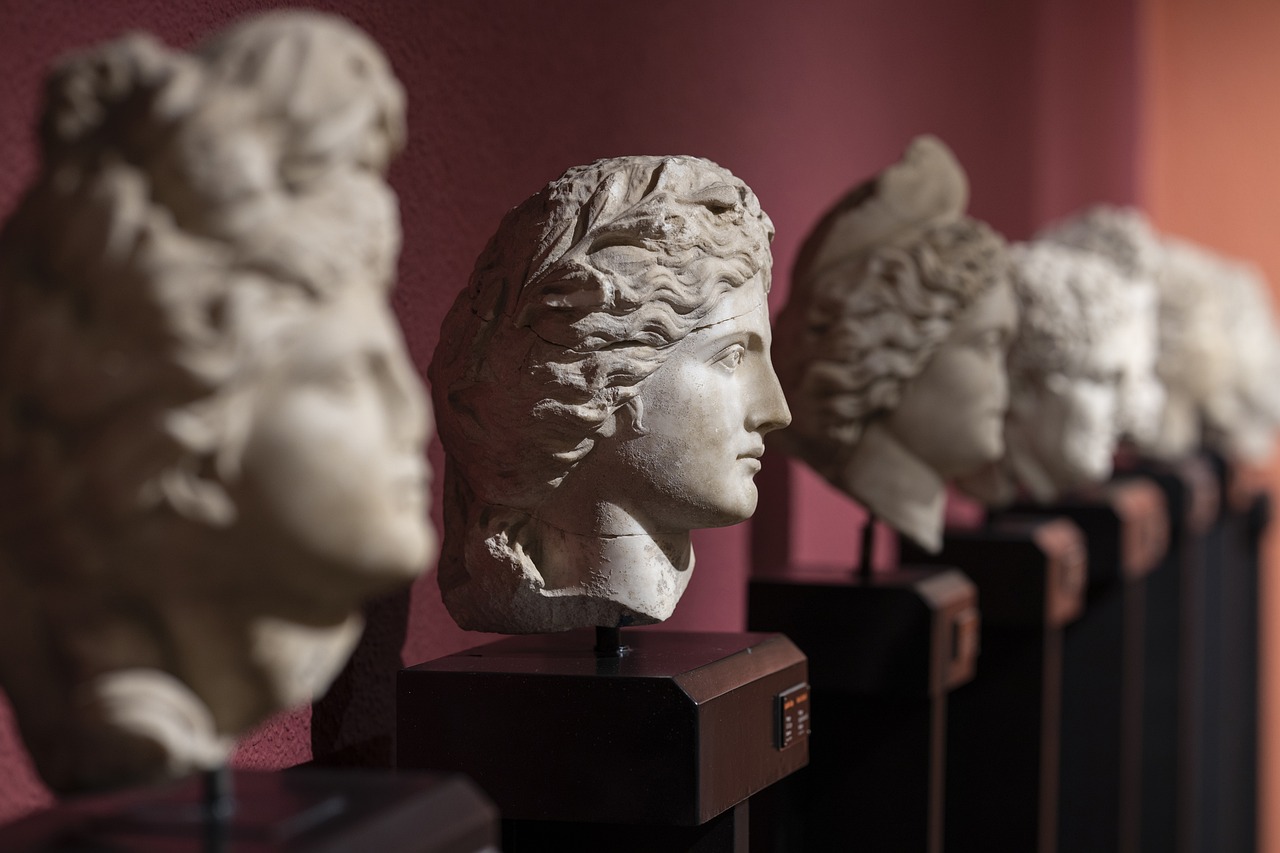
The Art-Larp Paradox
“In adapting larp practices to be suitable for artistic spaces and audiences, embodiment, and player agency is susceptible to compromise – potentially sacrificing the artistic essence of larp itself,” says Alex Brown.
-
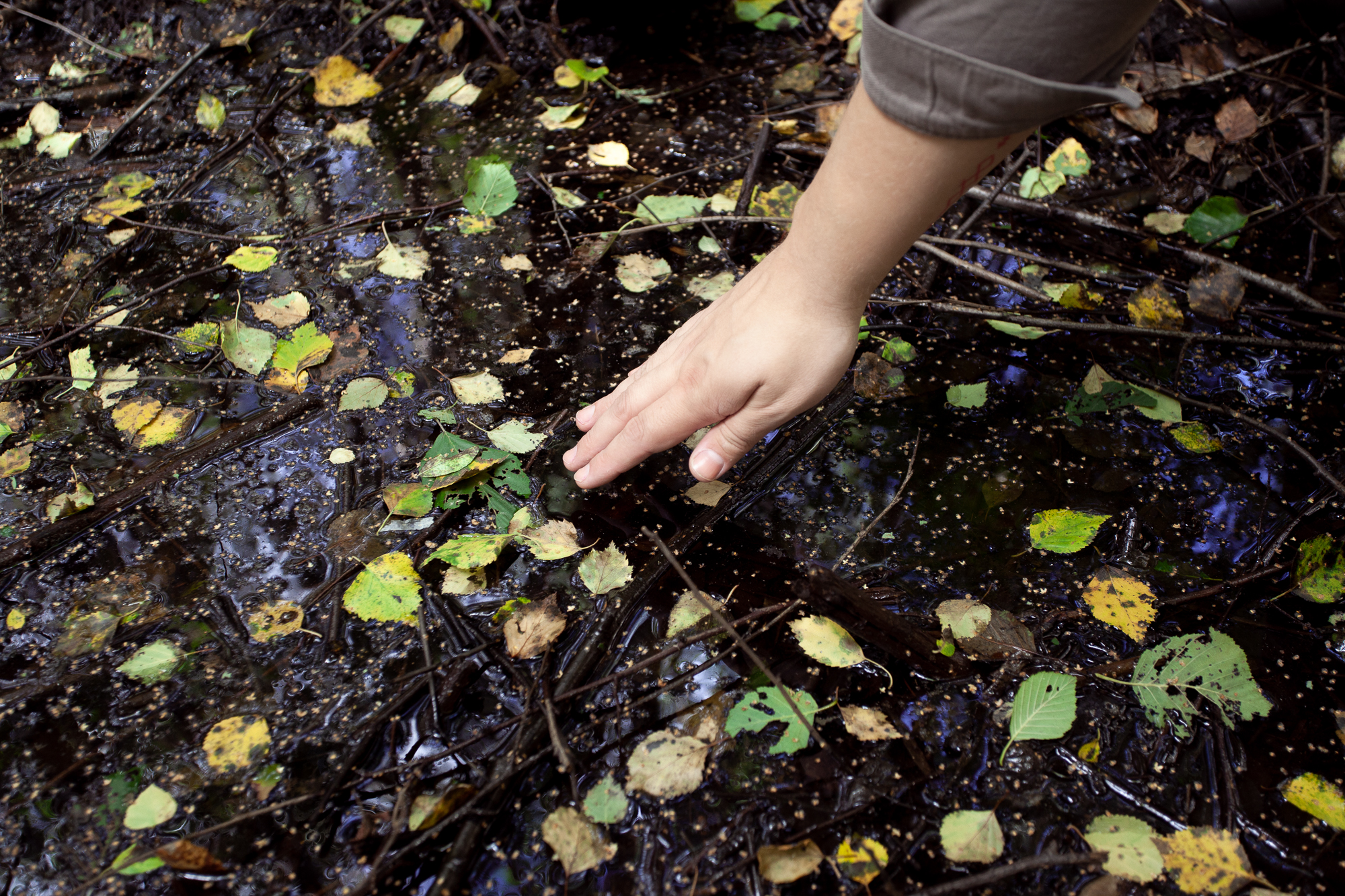
Larp As Embodied Art
This article describes our artistic practice and design principles focusing on the bodily experience.
-
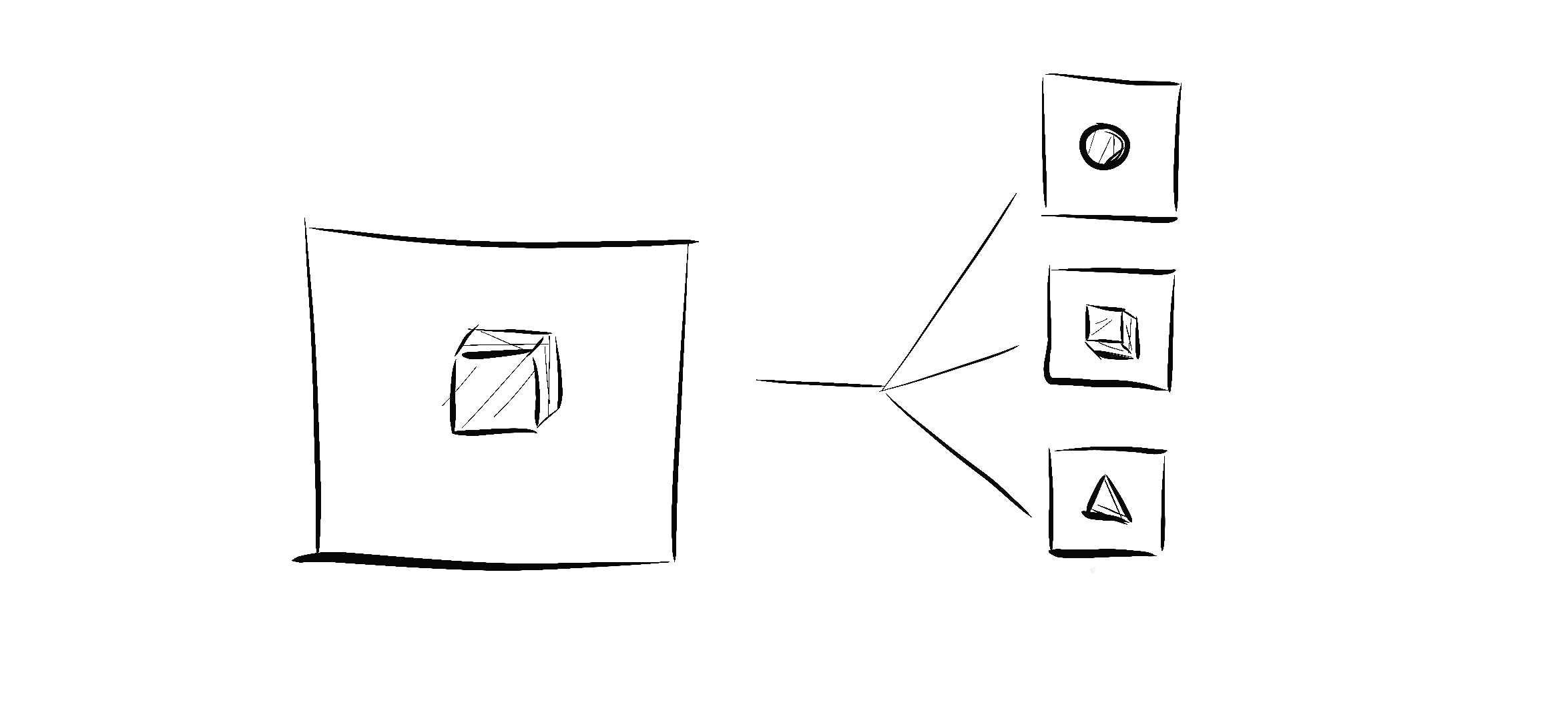
Against Design
in
Stop using experience product delivery as the primary factor when evaluating larp projects.
-
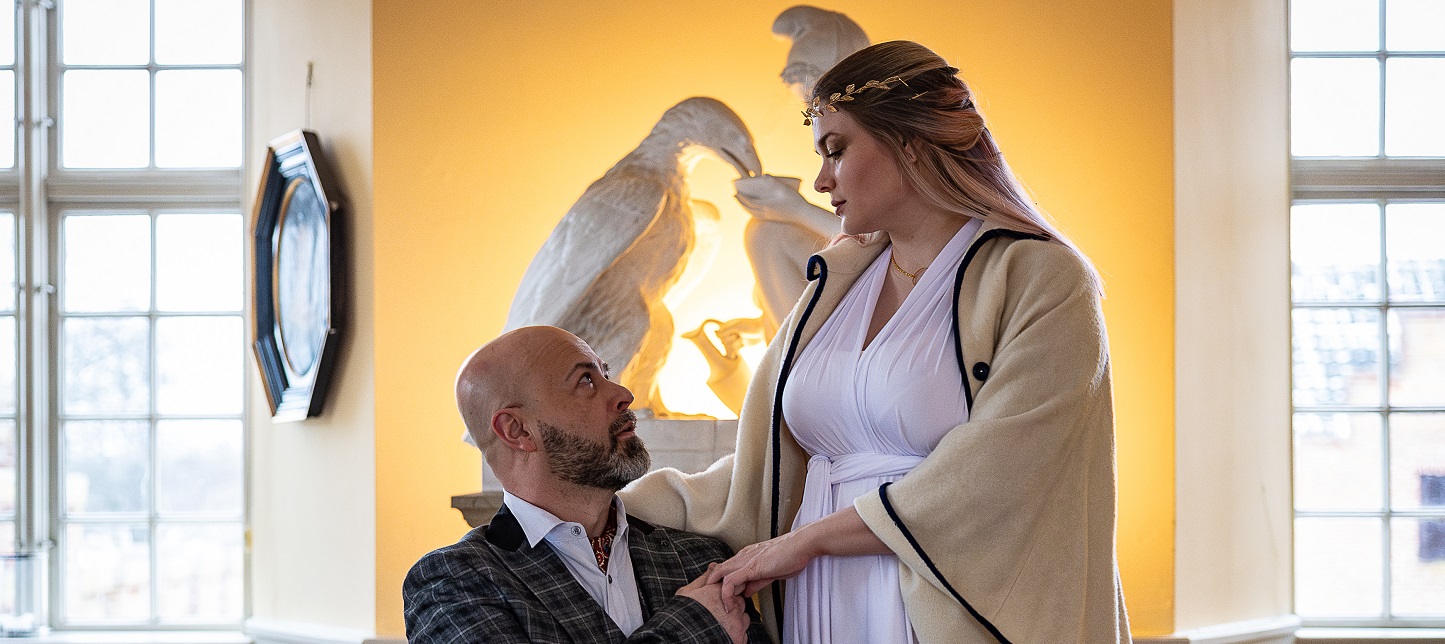
Helicon: An Epic Larp about Love, Beauty, and Brutality
Ritual play in which group of artists, leaders, and scientists bind the Muses of antiquity to their will.
